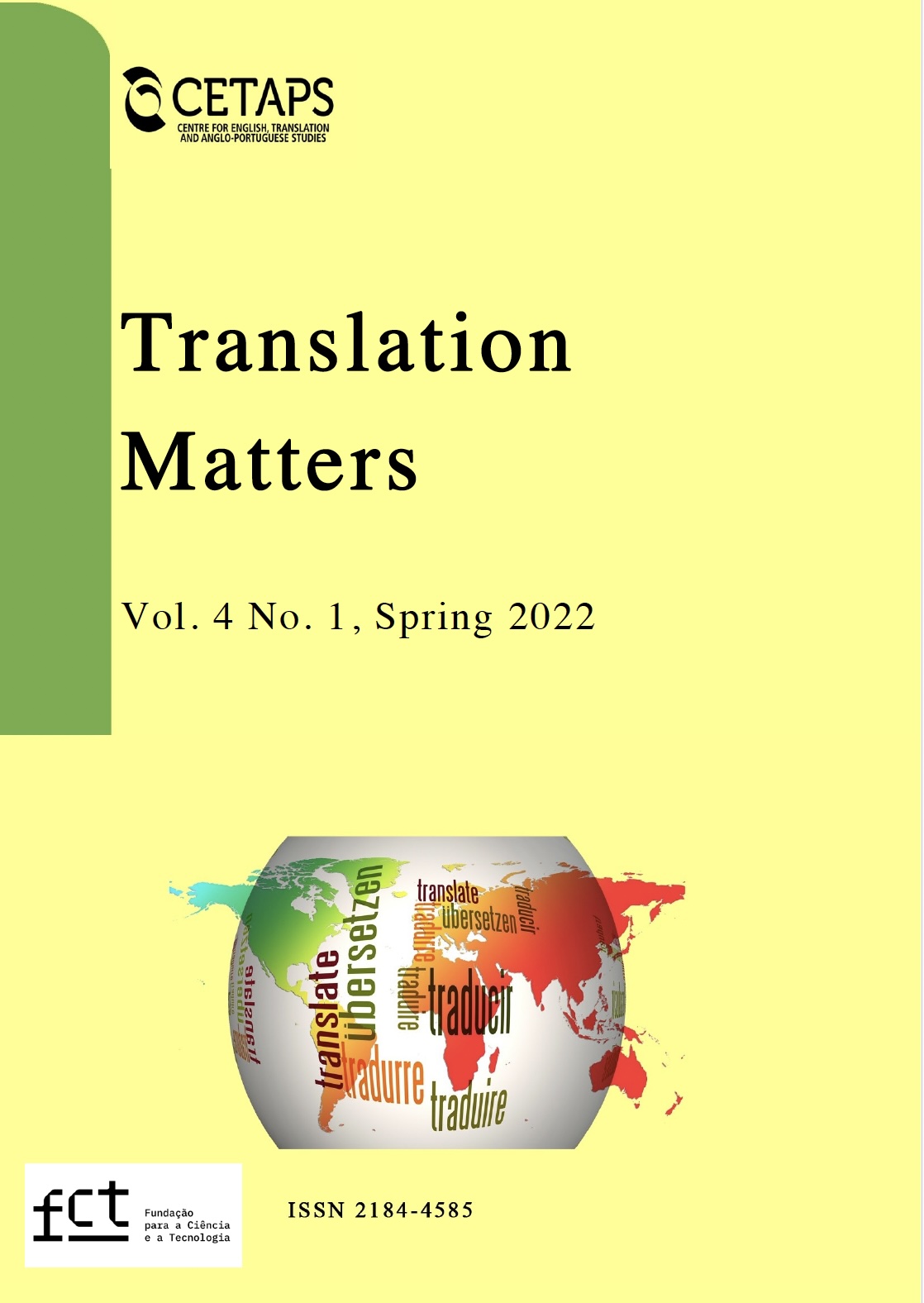AVT studies through the (camera) lens of gender
Resumo
The 2018 Routledge Handbook of Audiovisual Translation edited by Luis Pérez-González represents the most in-depth exploration of the rapidly evolving area of audiovisual translation (AVT) studies. Offering a comprehensive and authoritative introduction to the primary modalities of AVT, the book's 32 chapters also provide a survey of prevailing and emerging theoretical frameworks underlying the discipline, broaching areas as diverse as psycholinguistics, eye tracking and gender studies, which is the focus of this critical chapter review. In ‘Gender in audiovisual translation studies. Advocating for gender awareness’, the book's nineteenth chapter by Luise von Flotow and Daniel E. Josephy-Hernández, an overview is given of the major academic contributions to an otherwise under-researched area of translation studies. Beyond highlighting the importance of applying feminist, gender-focused and queer theory to different modes of audiovisual translation, the chapter's authors place particular emphasis on the work of academics adopting an advocacy-centered approach. However, the chapter raises nearly as many questions as it attempts to answer, prompting further reading and ultimately encouraging more research the field.
Keywords
gender studies; audiovisual translation studies
Downloads
Publicado
Edição
Secção
Licença
Direitos de Autor (c) 2022 Translation Matters

Este trabalho encontra-se publicado com a Licença Internacional Creative Commons Atribuição 4.0.








